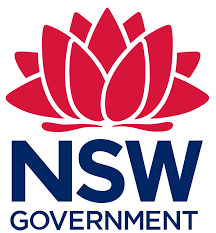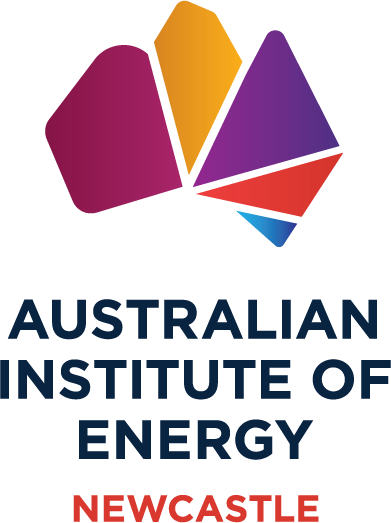ESB seeks feedback on inclusion of gas and coal in future capacity mechanism design paper
Australia’s Energy Security Board (ESB), the body set up to redesign Australia’s energy market, has surprised pundits by proposing payments to fossil fuel providers

In August 2017, the Energy Security Board (ESB) was established by the nation's energy ministers to coordinate implementation of recommendations from the Independent Review into the Future Security of the National Electricity Market (Finkel Review).
The ESB's role, in collaboration with the Australian Energy Market Commission, Australian Energy Market Operator and the Australian Energy Regulator, is to make the National Electricity Market fit-for-purpose, by recognising and investigating ongoing changes to technology, supply, market forces and consumer habits as we transition toward grid-scale renewables.
The ESB proposed a suite of reforms to meet the needs of this transition. Energy Ministers have endorsed these reforms and have tasked ESB with their delivery. The ESB is now establishing a program of work to deliver these reforms, in consultation with consumer and industry representatives.
The Post 2025 project addresses essential change in a world of expanding consumer choices, new technologies, and large-scale capital replacement as old thermal power stations leave the market. Major energy companies polled by the ESB in April showed greater support for incentivising new generation, rather than including coal in a capacity market mechanism.
Today, the ESB has released a ‘high-level’ design paper recommending a capacity mechanism from 2025.
The proposed high-level design outlines the ESB’s preferred approach to key design choices, including:
- who is eligible to participate,
- the degree of centralisation of forecasting and procurement,
- the nature of the obligation placed on capacity providers in return for a capacity payment,
- the role of interstate trade, and
- how costs are passed through to customers.
Under this scheme, electricity providers would be paid to have standby power available to meet demand. The ESB says all current power generators, including coal and gas, should be included. Decisions about which generators will receive the payments will be devolved to the states.
The scheme will not address the current energy market issues as it is focussed on post 2025.
Several high profile energy sector organisations have questioned the plan, critical of the concept of paying fossil fuel providers to ensure supply.
Tim Buckley, director, Clean Energy Finance said: “There’s no point enacting a new capacity mechanism without explicitly considering the cost of carbon. A technology-neutral solution with no carbon price fails to address the key issue of climate science."
“The proposal includes payments to existing coal and gas generators, which could keep high emissions capacity in the system for longer, delaying the transition to a low emissions electricity system," said Johanna Bowyer, lead analyst, Institute for Energy Economics and Financial Analysis.
The ESB will continue working with stakeholders on developing the final design, with a final recommendation due to Ministers by the end of the year.
Submissions on the paper are due by 25 July 2022, details of a stakeholder webinar will be confirmed in coming days.












